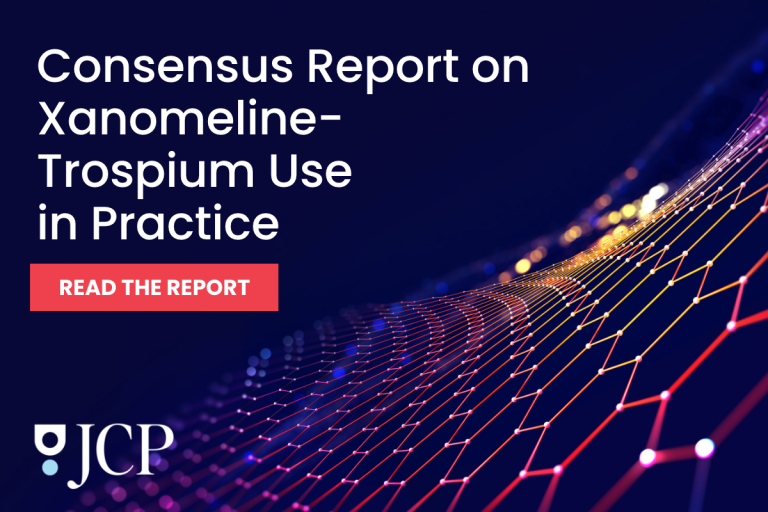A new study in the Journal of Clinical Psychiatry suggests that a proprietary online tool for diagnosing attention-deficit/hyperactivity disorder (ADHD) in adults performs surprisingly well. So well in fact that it seems to holds up when stacked against the gold standard: a clinical interview.
The study’s authors argue that it could help boost access to care for the mounting number of adults looking for answers online. But the researchers also warn that the tool appears to be more conservative than clinicians in doling out ADHD diagnoses.
Expanding Access, Testing Validity
Diagnosing ADHD in adults remains tricky. Normally, reaching such a diagnosis demands a thorough, in-person evaluation by a licensed mental health professional. But access to behavioral health care remains frustratingly inconsistent, especially in rural areas. Many adults face long wait times, often insurmountable cost barriers, or a dearth of available, trained providers.
So it should come as no surprise that online ADHD assessments have surged in popularity in recent years, though debate rages over their viability.
This new study, funded by telehealth firm Mentavi Health, is the first to formally validate an asynchronous online ADHD assessment against virtual clinical interviews. A total of 345 adults – mostly women with an average age of 35 – completed both evaluations between July and November 2024. The researchers recruited participants from those actively seeking ADHD testing online.
The Numbers Behind the Findings
The results showed an overall agreement rate of 78% between the two assessment methods. The online tool demonstrated a positive predictive value of 94.9%. When it assigned a positive ADHD result, it was almost always correct. Sensitivity was also strong at 80.6%, suggesting the tool caught most true ADHD cases.
However, its specificity (44%) and negative predictive value (15.1%) proved to be relatively weak. When the tool reported no ADHD, it was usually mistaken.
Perhaps most importantly, in more than 80% of cases where the clinician and the tool disagreed, the clinical interview confirmed ADHD while the online tool withheld a diagnosis. That, the authors contend, suggests that the assessment operates more conservatively than human clinicians. It almost always erred on the side of further evaluation rather than overdiagnosing.
“Given concerns about overdiagnosis and inappropriate prescribing of stimulants, the fact that the tool is cautious is reassuring,” the authors added.
Test Demographics
The sample itself offered interesting insights. More than 80% of the participants were women, which echoes recent CDC data that points to a rise in ADHD diagnoses among this demographic.
And nearly all participants (93%) met ADHD criteria during the clinical interview. This reinforces the notion that those seeking online assessments are usually those enduring significant symptoms.
The most common ADHD types identified were inattentive and combined presentations. Importantly, the tool did not appear to misclassify any particular subtype more often than others.
Digital Mental Health Implications
The findings arrive amid escalating debate surrounding online mental health platforms. Some have criticized these tools as brief, superficial screenings that risk misdiagnosis. This study, however, highlights that rigorously designed, validated assessments can hold their own against clinical standards.
“Validated digital tools may play a role in reducing barriers to mental health care globally,” the authors wrote, though they confirmed the need for more transparency and regulation.
The authors conclude with a call for more research in a bid to replicate these findings in more diverse and representative populations, including those with a lower level of ADHD prevalence. Studies are also needed to test similar approaches for other psychiatric conditions.
For now, the study offers cautious optimism: online ADHD assessments, when carefully designed and validated, can provide an important step toward closing care gaps. They won’t replace clinicians. But they might make the first step toward a diagnosis that’s much more accessible to the millions of adults still struggling for answers.
Further Reading
ADHD Meds May Cut Other Mental Health Risks



